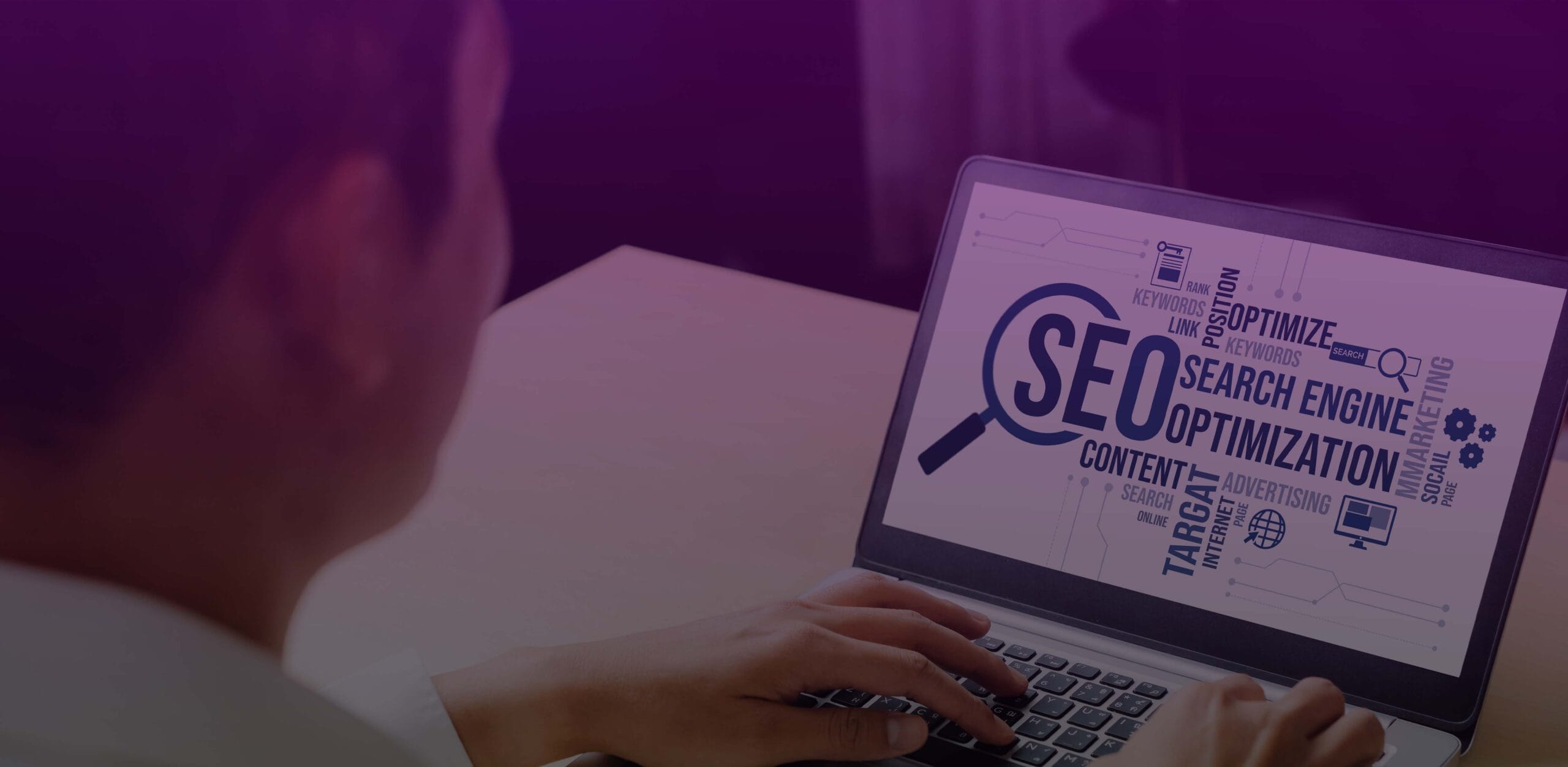Let’s face it—traditional marketing is like that annoying guy at a party who won’t stop pitching his business card. Nobody wants that. Instead, inbound marketing is like being the cool guest who naturally attracts a crowd with great stories and helpful advice. But what is inbound marketing exactly?
Inbound marketing is a modern approach to attracting customers through valuable content and meaningful interactions. Unlike outbound marketing, which interrupts potential customers with ads and promotions, inbound pulls them in with solutions, education, and trust-building experiences. It’s marketing that people want.
If you’re still relying solely on paid ads or cold calls, you’re wasting money and relationships.
Why It Matters in Today’s Digital Age?
Today’s People are more informed, skeptical, and empowered than ever. They do their research, compare brands, read reviews, and consume tons of content before purchasing.
So, if you’re not showing up in their search results, inbox, or social feed in a helpful way, guess what? You’re invisible.
That’s where inbound marketing services come into play. Whether you’re a startup, a service provider, or a brand-new ecommerce business, inbound marketing offers scalable and cost-effective ways to connect with your ideal customers. These services build trust, position your brand as an authority, and drive conversions through a consistent inbound marketing strategy.
Understanding the Inbound Marketing Methodology
Attract
Your job is to be where your audience is. Use blogs, videos, podcasts, SEO, and social media to get noticed. But don’t just chase clicks—offer real value that helps solve problems.
Think of this stage as fishing with bait (not a net). You’re not capturing everyone—just the ones who care. This targeted approach is at the heart of every smart inbound marketing strategy.
Engage
Once people find you, guide them. Create helpful lead magnets, email sequences, and value-packed landing pages. The goal is to turn casual browsers into qualified leads who want to hear from you.
This is where your inbound marketing strategy begins to shine. Nurturing the relationship is more important than rushing the sale. It’s about starting a conversation, not closing a deal in one go.
Delight
Inbound doesn’t end when a sale happens. Keep engaging your customers through personalized content, thoughtful support, and loyalty-building experiences. Delighted customers bring referrals and glowing reviews. That’s free marketing, baby!
A delighted customer often becomes your brand ambassador, helping fuel organic growth and reinforcing the success of your inbound marketing services.
Key Components of Inbound Marketing
Content Creation and Blogging
Creating compelling content that answers your audience’s most pressing questions is the heart and soul of any successful inbound marketing strategy. Whether blog posts, YouTube videos, infographics, or eBooks, the mission remains the same—educate first, convert later.
Effective content creation and blogging not only help attract organic traffic but also position your brand as a helpful authority in your niche. When done right, content becomes a magnet, bringing in potential leads without the need to chase them.
For example, don’t just write product specs if you run a skincare brand. Dive into skin-care routines, bust common skincare myths, or provide dermatologist-backed tips tailored to different skin types. This is where inbound marketing for ecommerce shines—it offers value before making a pitch.
Well-written content can become your brand’s most valuable digital asset when paired with strong SEO practices.
SEO (Search Engine Optimization)
What good is amazing content if no one sees it? That’s where SEO (Search Engine Optimization) becomes critical. A strong inbound approach hinges on your ability to appear on Google, Bing, and other search engines when users search for things like “what is inbound marketing” or “best CRM for small businesses.”
SEO is more than just stuffing keywords. It involves proper keyword research, internal linking, on-page and technical SEO, image optimization, backlink strategies, and site architecture. Everything should be optimized for both users and crawlers.
If you’re offering inbound marketing services, showing up on page one is essential. SEO helps ensure your content ranks and remains visible long-term. Whether you’re a blogger, a digital marketing agency, or an inbound marketing specialist, neglecting SEO is like hiding your best work under a rock.
Social Media Marketing
Your audience is scrolling—are you showing up in their feed? Social media marketing gives your inbound strategy reach and visibility. It’s not just about posting—it’s about engaging.
Use platforms like Facebook, Instagram, LinkedIn, TikTok, or X (formerly Twitter) to share content, host polls, run giveaways, and show the human side of your brand. The beauty of social media in inbound marketing is that it allows you to start two-way conversations rather than shouting into the void.
Social media is also a distribution engine for your blogs, videos, case studies, and even landing pages. It’s where you create awareness, nurture leads, and build community.
And yes, this is especially crucial in inbound marketing for ecommerce—where platforms like Instagram and Pinterest can directly drive product discovery and sales.
Email Marketing
Contrary to the buzz, email marketing isn’t going anywhere. It continues to deliver one of the highest ROIs in digital marketing. Within an inbound marketing strategy, email is the vehicle that keeps your leads warm, informed, and engaged.
Think beyond generic newsletters. Send targeted emails based on user behavior, such as abandoned cart sequences, thank-you notes, or re-engagement campaigns. Personalization is everything here.
Email becomes a seamless part of the customer journey when integrated with marketing automation tools. It’s like a gentle nudge, reminding leads that you’re here when they’re ready.
Helping clients build strategic email funnels can significantly boost customer retention and conversion rates if you offer inbound marketing services as an agency.
Landing Pages & CTAs
A well-designed landing page is like your online salesperson—working 24/7. Every content you produce should point somewhere—usually to a CTA (Call to action) and a relevant, compelling landing page.
Whether offering a free trial, an eBook download, or a product discount, your CTAs should be clear, urgent, and valuable. These elements help push visitors from awareness to the decision stage in your inbound marketing funnel.
Ensure your landing pages align with the content that brings users in—whether from SEO, email marketing, or social media. Consistency and clarity are key.
And yes, if you aim to drive sales in inbound marketing for ecommerce, optimizing your landing pages for conversions can be the difference between a bounce and a purchase.
Marketing Automation
Want to work smarter, not harder? That’s where marketing automation comes in. It allows you to scale your inbound marketing strategy without losing the personal touch.
Automation tools like HubSpot, Mailchimp, ACTIVE Campaign, and others help schedule social media posts, send segmented emails, score leads, and trigger workflows based on user actions.
Whether you’re an inbound marketing specialist managing campaigns or a business owner juggling multiple hats, automation turns manual, time-consuming tasks into seamless systems.
This saves time and ensures no lead falls through the cracks—keeping your funnel tight, responsive, and consistent across channels like SEO, content, and email marketing.
Additional Benefits of Inbound Marketing
Attracts Qualified Leads
Inbound marketing focuses on drawing in people already interested in your product or service. Through targeted SEO strategies, helpful blog content, and strong lead magnets, you’re more likely to attract users actively looking for solutions—meaning they’re more likely to convert. This makes your marketing efforts more efficient and focused.
Improves Customer Retention
Inbound marketing doesn’t stop at the sale. With continued nurturing via email campaigns, social media engagement, and post-purchase content, customers feel valued and connected to your brand. This actively bolsters customer loyalty and drives repeat business, making it significantly more cost-effective than pursuing new customers. This boosts loyalty and encourages repeat business, which is far more cost-effective than acquiring new customers.
Cost-Effective Over Time
Unlike paid ads that stop performing when the budget runs out, inbound strategies like SEO and content marketing continue delivering results long after implementation. A well-written blog post can generate traffic and leads for years, giving you a high return on investment.
Strengthens Brand Awareness and Authority
Producing content that consistently addresses real problems helps establish your brand as a trusted authority. As your audience finds your blog posts, videos, and guides helpful, they’re more likely to recommend your brand to others or return when they’re ready to purchase.
How Inbound Marketing Fits Into Your Overall Strategy?
Inbound marketing isn’t meant to replace all other marketing efforts but to complement them. You can use outbound channels like paid search or display ads to drive traffic to your inbound assets, such as blog posts, free downloads, or landing pages. This hybrid approach helps you reach a wider audience while nurturing leads through trust and value.
Think of your marketing as a complete ecosystem. Your paid ads may get attention, but your inbound assets—your content, SEO, social media, and email—convert that attention into trust and trust into sales.
Inbound Marketing for eCommerce Success
Inbound marketing is especially effective for eCommerce brands looking to scale organically. Shoppers today perform extensive research before purchasing. By offering content like buying guides, how-to videos, comparison blogs, and user-generated testimonials, you help potential buyers make informed decisions.
Email marketing sequences tailored to customer behavior, such as cart abandonment or post-purchase recommendations, enhance user experience. This approach drives traffic and conversions when paired with captivating, SEO-friendly product descriptions and content.
An inbound marketing strategy for eCommerce helps reduce customer acquisition costs, improves repeat purchase rates, and creates a long-term brand-consumer relationship that paid advertising alone can’t achieve.
Why You Might Need an Inbound Marketing Specialist
Managing all aspects of inbound marketing—SEO, content creation, email workflows, social media, and landing page optimization—requires expertise and time. An inbound marketing specialist helps orchestrate these moving parts into one streamlined strategy.
They analyze audience behavior, monitor performance metrics, and make continuous improvements to ensure better lead generation, customer engagement, and conversions. Hiring or consulting with an inbound marketing specialist ensures your efforts are aligned, data-driven, and consistently optimized.
Inbound Marketing Services: What to Expect
If you’re considering outsourcing your strategy, inbound marketing services typically include:
- Strategic planning and buyer persona development
- Keyword research and SEO optimization
- Content creation (blogs, videos, guides)
- Email marketing setup and automation
- Social media management and scheduling
- Analytics and performance tracking
These services allow businesses to benefit from experienced marketers without building an in-house team. Whether you’re a startup or a scaling enterprise, inbound marketing services provide the foundation for long-term growth.
Conclusion
So, what is inbound marketing? It’s the art of attracting your audience by being helpful, not pushy. By offering genuine value, building trust, and nurturing relationships, inbound marketing helps your brand grow organically—and sustainably.
Whether you’re a blogger, a SaaS founder, or an ecommerce store owner, investing in inbound marketing services and working with an inbound marketing specialist can completely transform your business journey.
It’s not just a strategy—it’s a more innovative way to connect.
FAQs
Is inbound marketing suitable for small businesses?
Yes! Inbound is perfect for small businesses looking to grow organically with limited budgets. It’s scalable, trackable, and effective.
How long does it take to see results from inbound marketing?
Expect to see consistent traction within 3–6 months. Long-term commitment leads to compounding results.
Can inbound marketing replace traditional marketing?
Not entirely, but it can complement or even outperform it over time, mainly when you’re focused on trust and long-term value.
What’s the best platform to manage inbound marketing?
HubSpot is a solid all-in-one choice, but there are others, such as Mailchimp, ACTIVE Campaign, and WordPress with plugins.
How much does it cost to implement an inbound strategy?
Costs vary. You can start small with free tools and scale with paid ones as you grow. Hiring an inbound marketing specialist is worth it if you’re serious.



